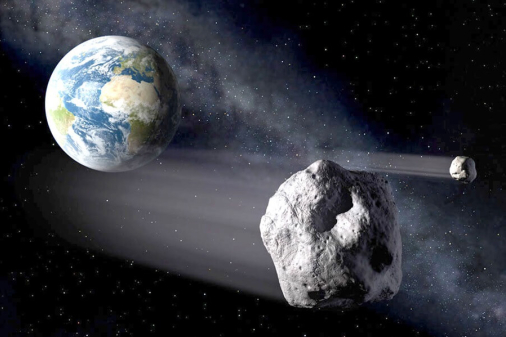
Asteroids are becoming more and more of a serious threat to life on Earth, with a number of these space objects zipping by not too far from our planet over the past months.
In recognition of this serious threat, the National Aeronautics and Space Administration (NASA) recently formed the Planetary Defense Coordination Office (PDCO), which is now tasked to oversee the space agency's efforts to detect and track near-earth objects (NEOs), primarily asteroids.
John Grunsfeld, associate administrator for NASA's Science Mission Directorate in Washington, said in a statement that the formation of the office highlights the agency's seriousness in protecting the Earth against the threat of approaching space objects.
"Asteroid detection, tracking and defence of our planet is something that NASA, its interagency partners, and the global community take very seriously," Grunsfeld said.
"While there are no known impact threats at this time, the 2013 Chelyabinsk super-fireball and the recent 'Halloween Asteroid' close approach remind us of why we need to remain vigilant and keep our eyes to the sky," he added.
The new office will fall under the NASA's Planetary Science Division in the agency's Science Mission Directorate in Washington.
It will specifically supervise all NASA-funded projects to find and characterise asteroids and comets that pass near Earth's orbit around the sun.
More importantly, the PDCO has the duty of warning authorities in case a space object will come in close contact with the Earth.
Lindley Johnson, lead program executive of the new office, pledged to perform his crucial task very seriously.
"The formal establishment of the Planetary Defense Coordination Office makes it evident that the agency is committed to perform a leadership role in national and international efforts for detection of these natural impact hazards, and to be engaged in planning if there is a need for planetary defense," Johnson said in the NASA statement.
According to the NASA, around 1,500 near-Earth objects are detected annually.















